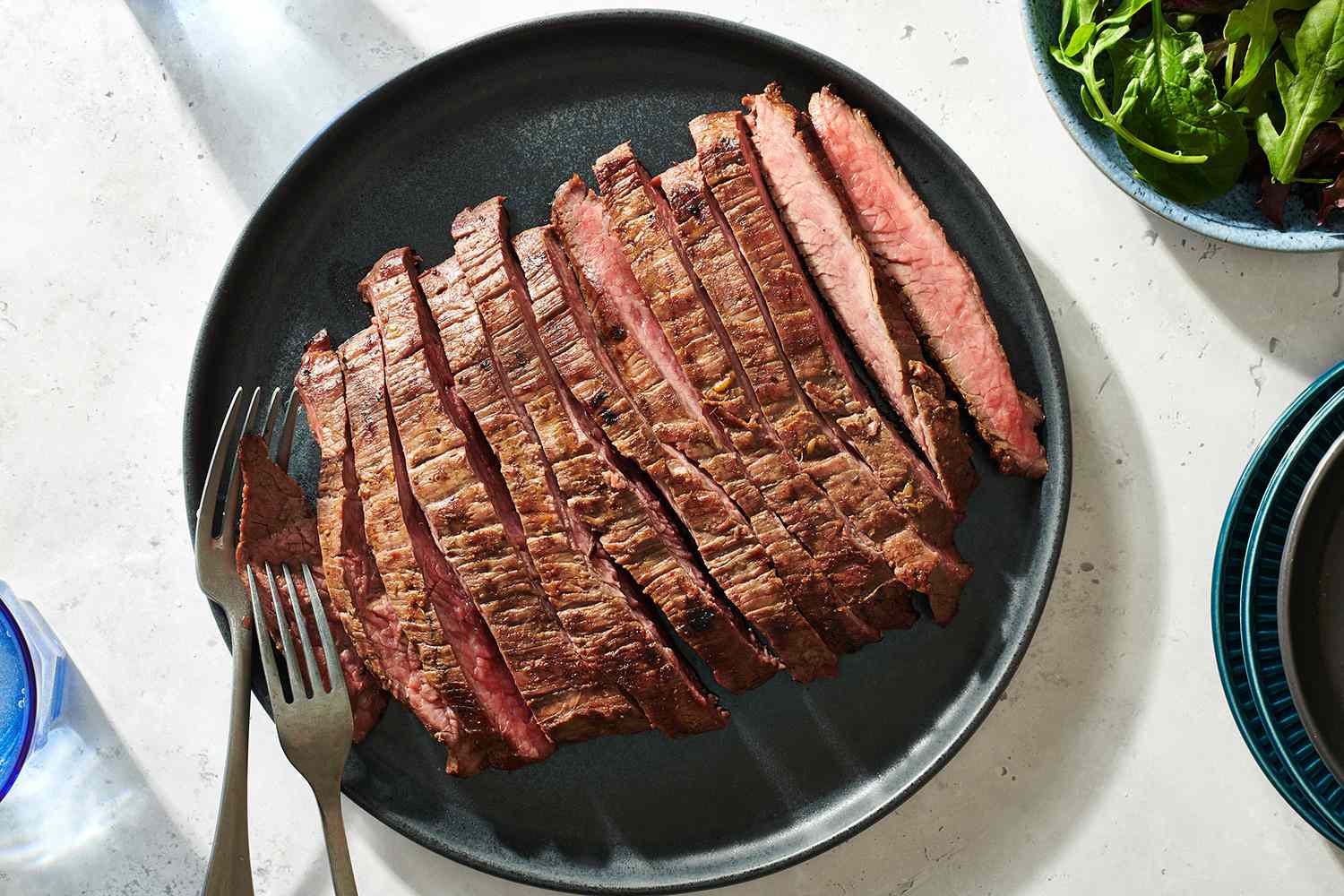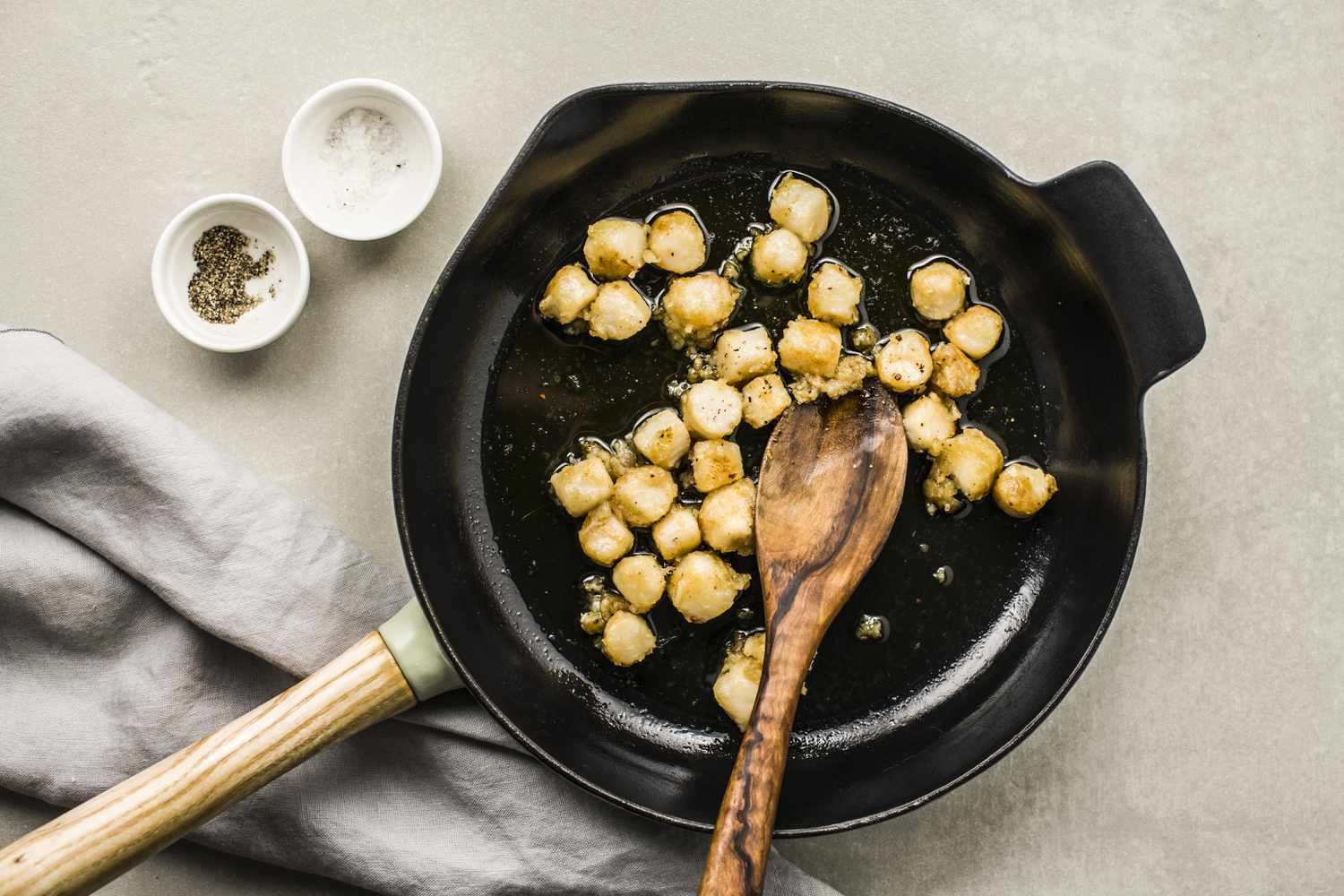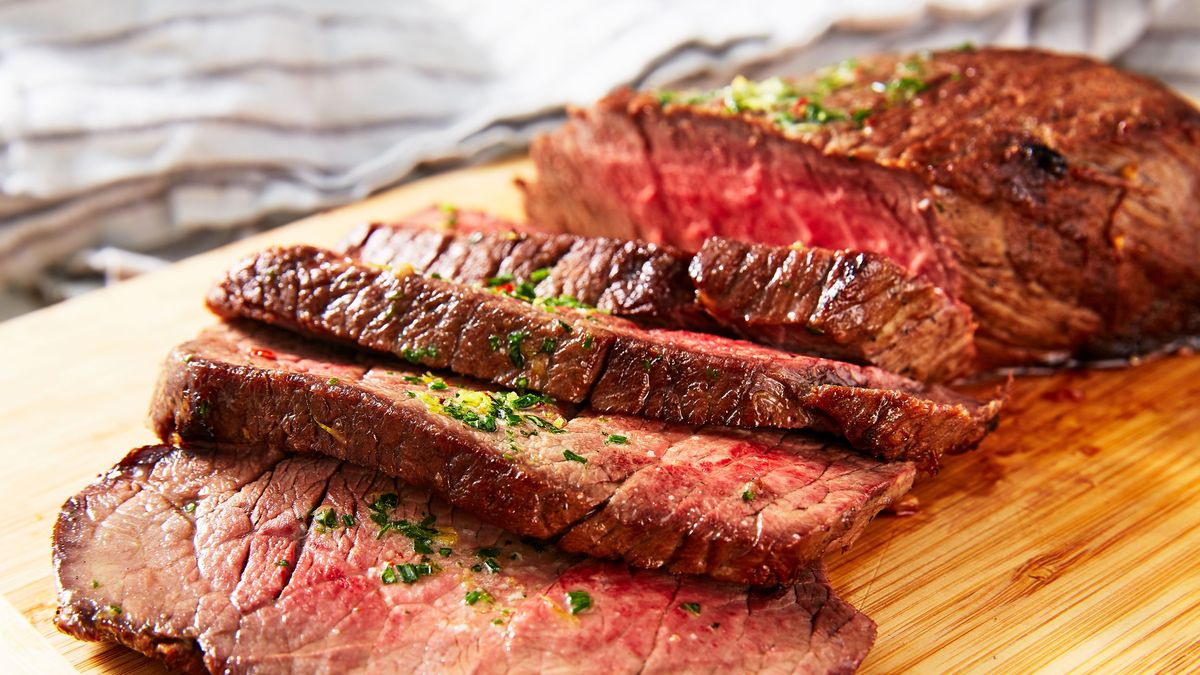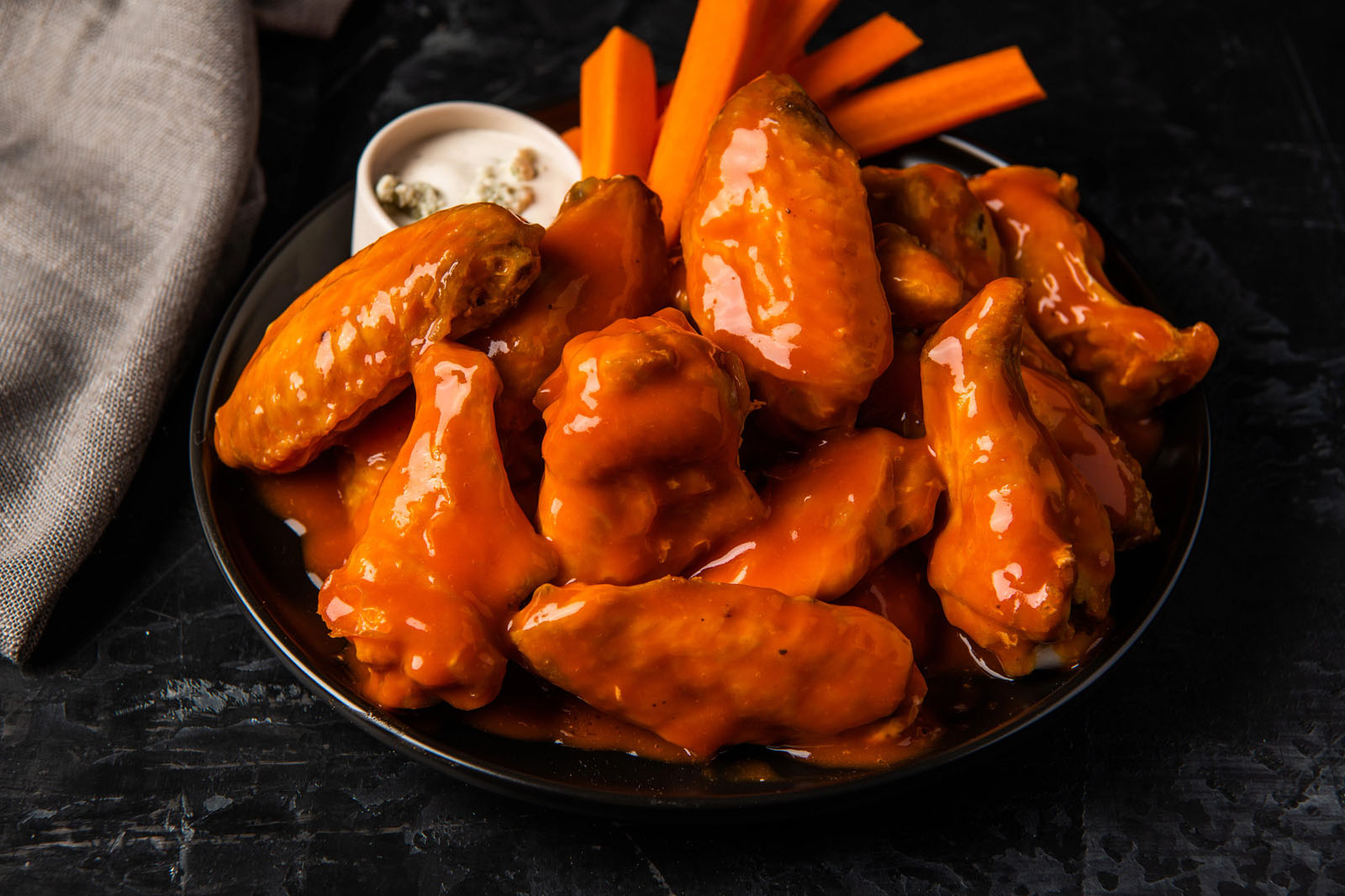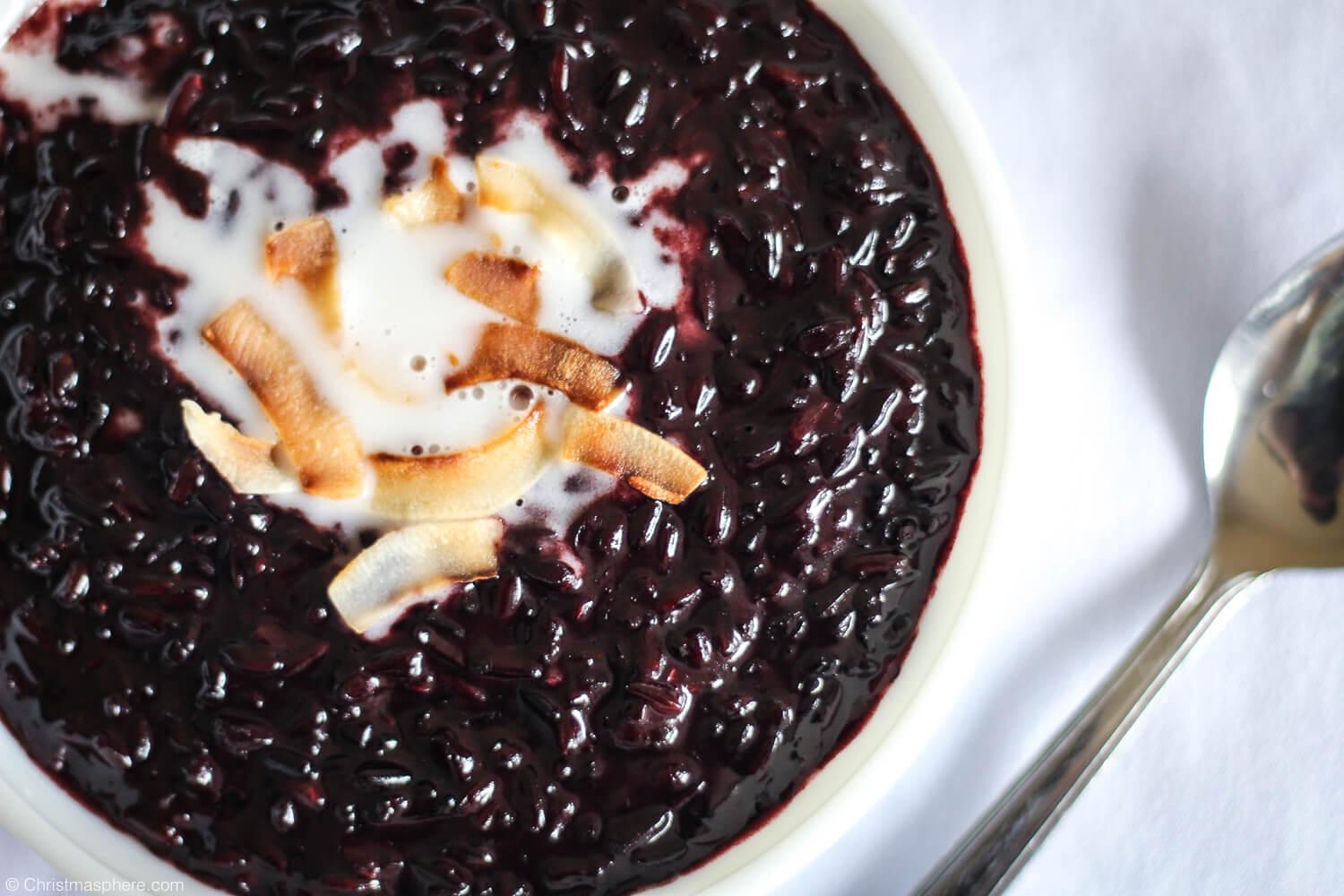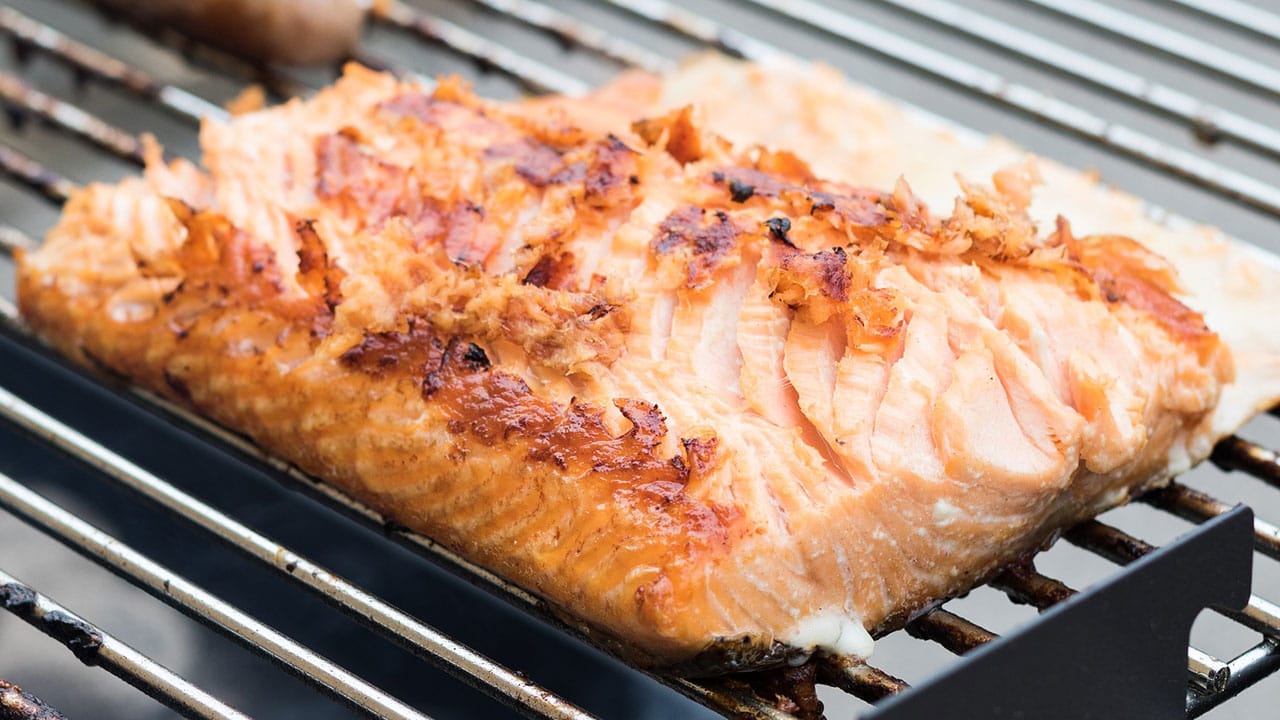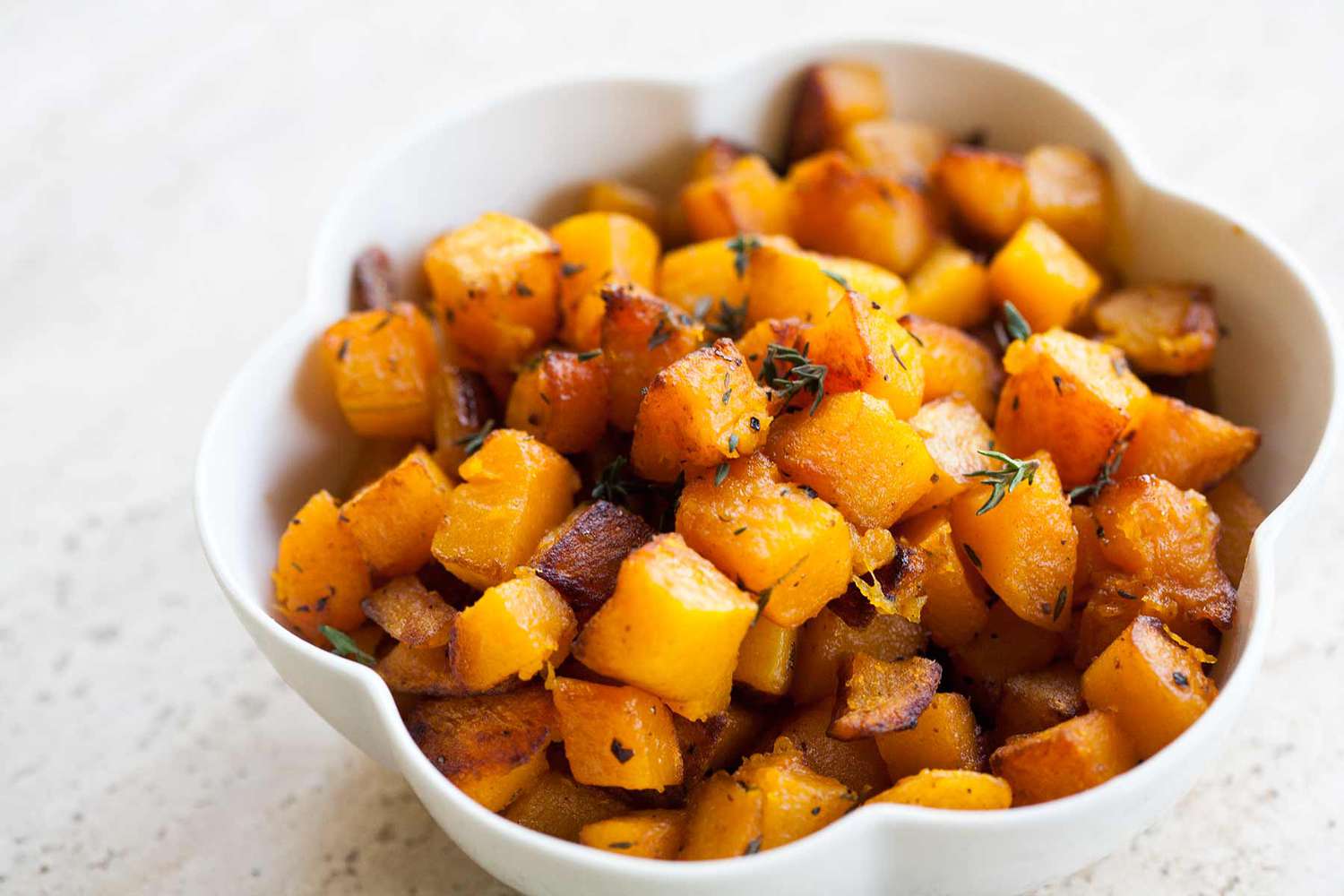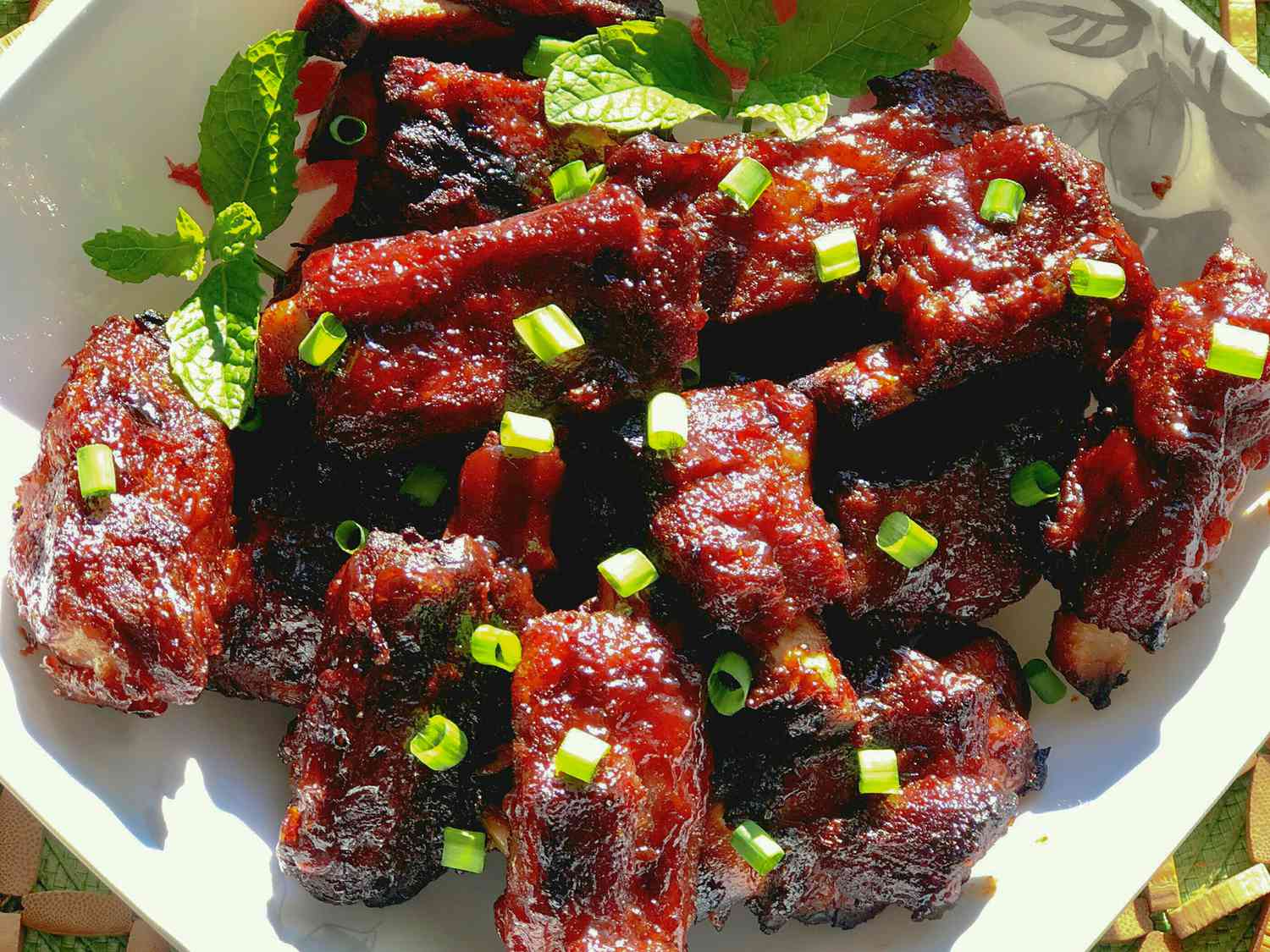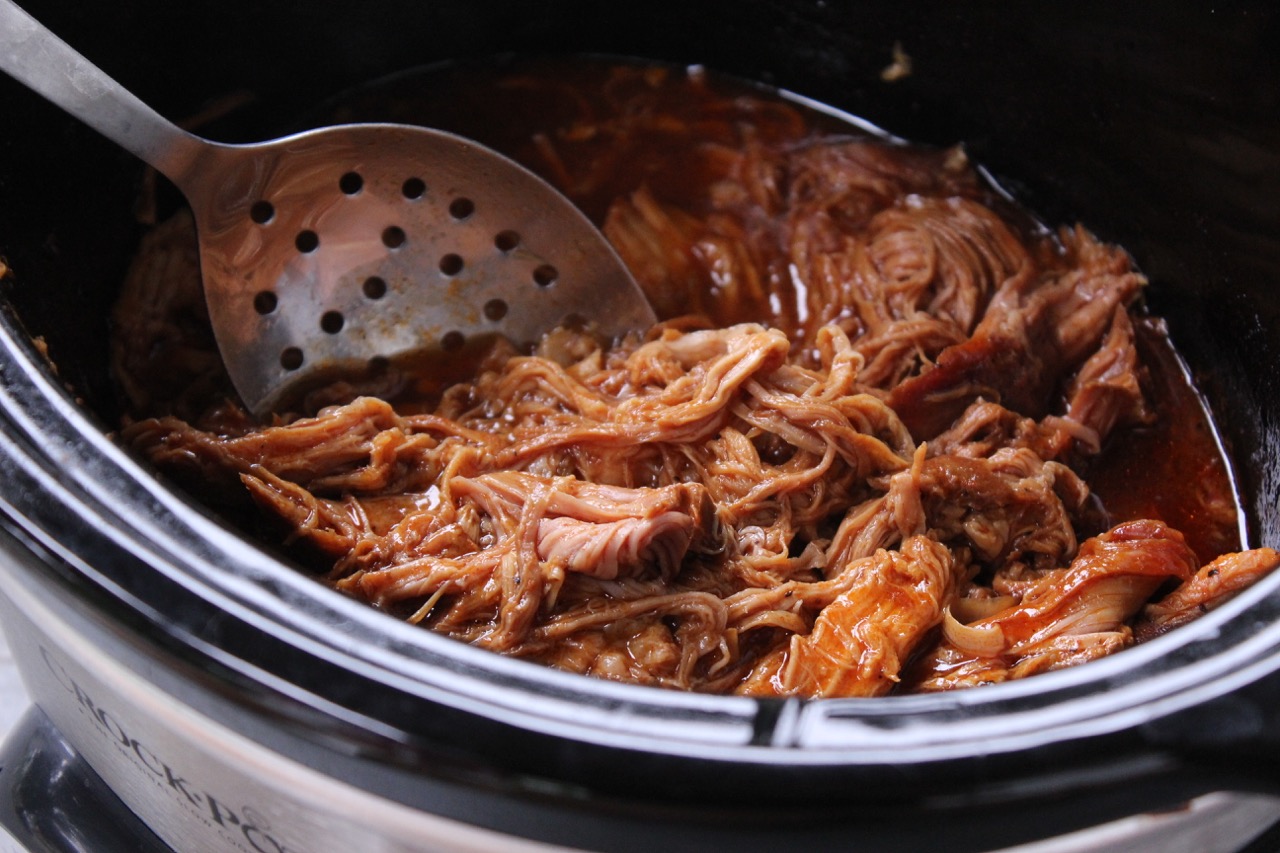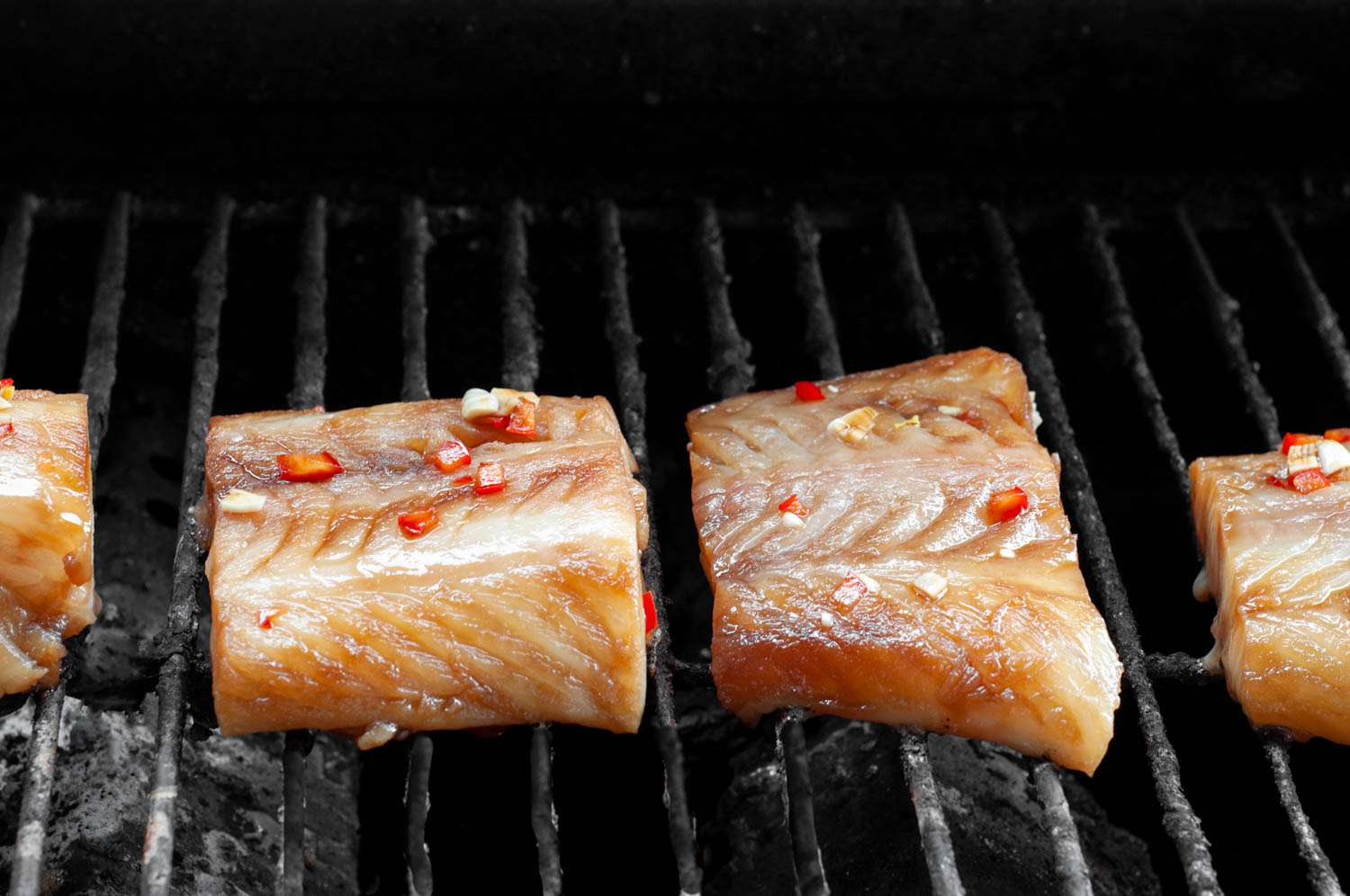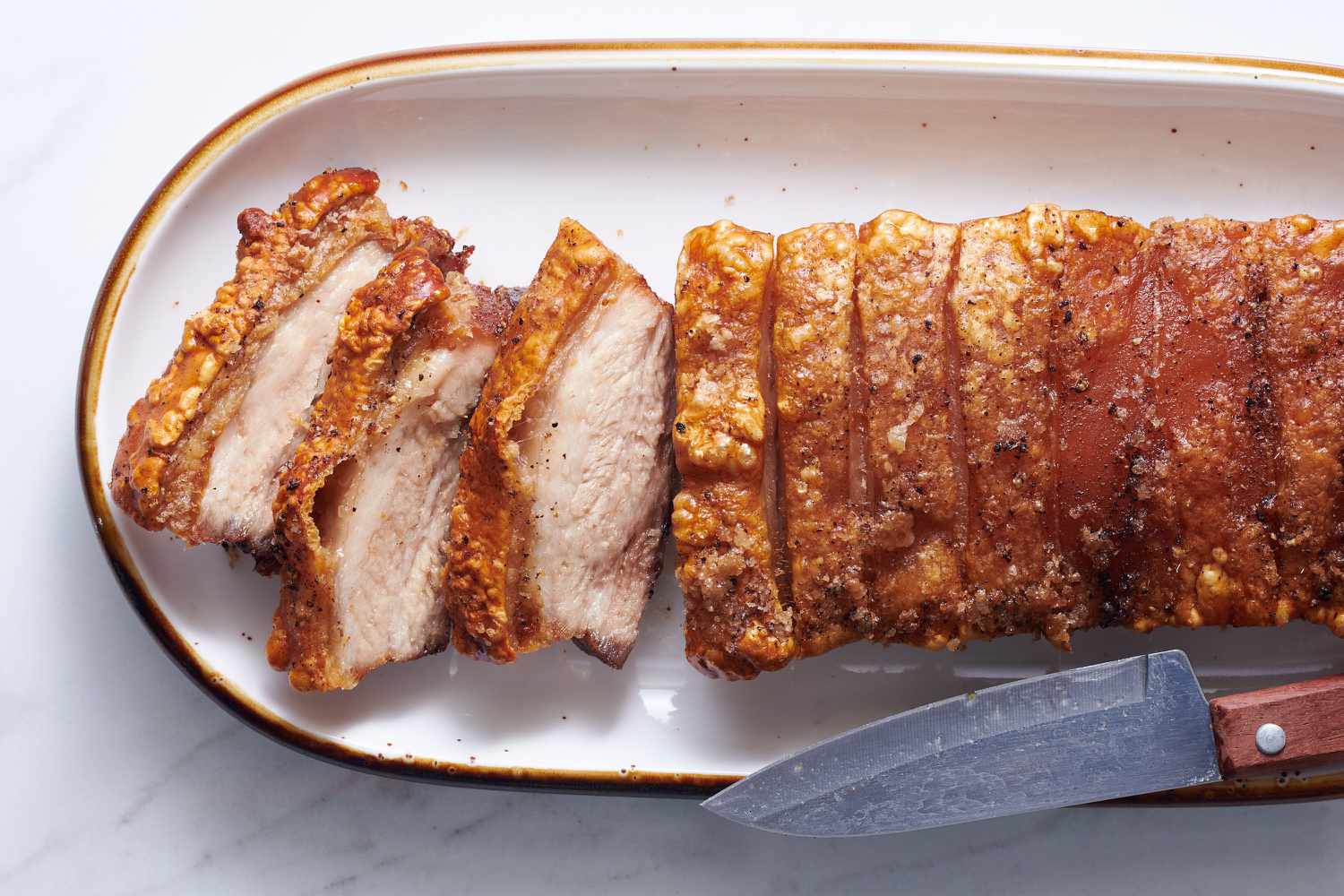Unlock the Culinary Art of Julienne Carrots
Carrots are versatile, nutritious, and a staple in many kitchens. From soups to salads and stir-fries, they add a vibrant touch to any dish. If you’re looking to take your carrot game up a notch, mastering the art of julienne cutting is a must.
Julienne carrots are long, thin strips that add an elegant touch to your culinary creations. Not only do they look visually appealing, but their slender shape also allows for quicker and more even cooking. So, let’s dive into the world of julienne carrots and discover how you can incorporate them into your cooking repertoire.
Step 1: Choose the Right Carrots
When it comes to julienne carrots, choosing the right ones is crucial. Look for carrots that are firm, straight, and have a vibrant orange color. Avoid carrots that are wilted, soft, or have a dull appearance. It’s always a good idea to opt for organic carrots whenever possible, as they tend to have a sweeter taste.
Step 2: Prep Your Carrots
Before you can start julienning your carrots, they need to be properly prepped. Begin by rinsing the carrots under cool running water to remove any dirt or debris. Next, using a vegetable peeler or a small knife, gently peel off the outer skin. If your carrots are fresh and young, you can skip this step.
Step 3: Cut Them into Uniform Sticks
To achieve that classic julienne shape, you’ll need to cut the carrots into uniform sticks. Start by cutting off both ends of the carrot, creating a flat surface. Then, using a sharp knife or a vegetable slicer, cut the carrot into thin, matchstick-like strips. Aim for strips that are about 2-3 inches in length and about 1/8 inch thick.
Step 4: Master the Technique
The key to julienning carrots lies in your knife skills. Hold the knife at a 45-degree angle and make long, smooth strokes through the carrot. Practice a steady and consistent motion to ensure that your julienne sticks are even and uniform in size. Remember to keep your fingers tucke d under for safety. If the process seems challenging initially, don’t be discouraged; like any skill, it takes practice.
Step 5: Utilize Your Julienne Carrots
Now that you have beautifully julienned carrots, it’s time to incorporate them into your dishes. Here are a few ideas:
- Add them to salads for a crunchy and colorful twist.
- Toss them in stir-fries for a quick and vibrant addition.
- Include them in spring rolls for an extra element of texture.
- Garnish soups and stews with a handful of julienne carrots for an eye-pleasing presentation.
Feel free to get creative and experiment with different recipes and cuisines. In no time, you’ll be a pro at julienning carrots and elevating your meals to a whole new level.
Final Thoughts
Learning how to cook julienne carrots is a skill that will enhance your culinary journey. From the art of cutting to incorporating them into various dishes, these slender strips offer both aesthetic appeal and delicious taste. So, grab some fresh carrots, sharpen your knife, and let your creativity flow in the kitchen!
Explore More Recipes and Uses for Julienne Carrots
After mastering the art of julienning carrots, you're well-equipped to elevate a variety of meals with this technique. Dive into the vibrant world of vegetables with recipes like Asian-Style Carrot and Cabbage Slaw, perfect for a refreshing side dish. Don't miss the chance to impress with Vietnamese Spring Rolls with Julienne Carrots, where the carrots add a delightful crunch. For a warm and inviting dish, try the Creamy Carrot Soup with Julienne Carrot Garnish, which uses julienne carrots both for flavor and as a visually appealing garnish. These recipes not only showcase your new skills but also enhance your meals with fresh, colorful ingredients.
